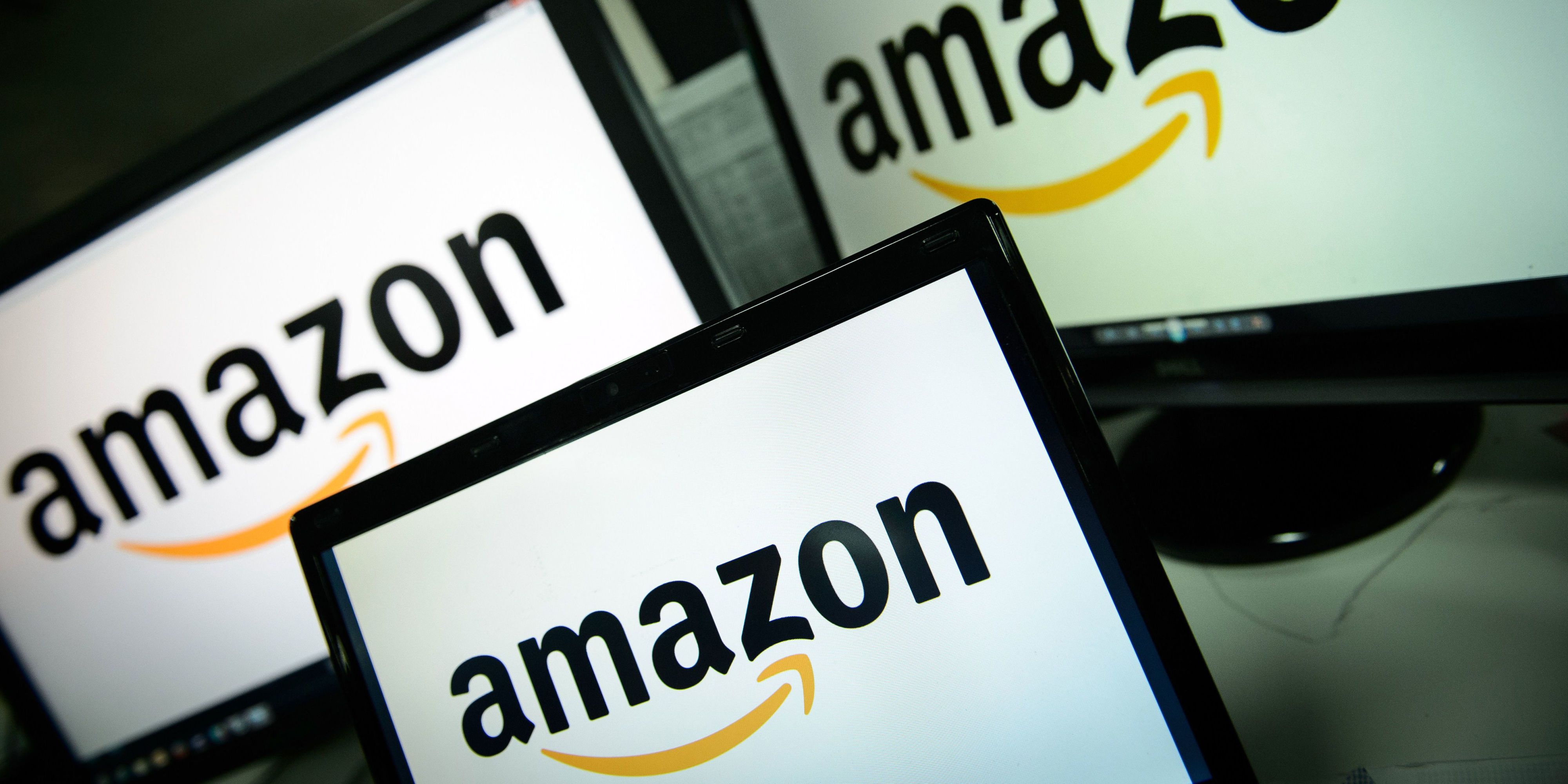

Now, you've received- have you received one of those boxes that's just too big for whatever it is you bought on Amazon?

And then the other thing is Amazon is changing packaging. What does it mean for Amazon inventory to really be where it's supposed to be when it's supposed to be there? So there's that. So for instance, that's the sort of thing that she's really looking at. And she was like, wait, there are 12 Raiders fans in Kansas City. Makes sense, right? The other thing, too, is the famous case she gave me was that she went to her warehouse in Kansas City, and there were a bunch of Raiders hats there, Raiders like the Los Vegas Raiders. For instance, snowblowers don't need to be in Florida is something she told me. She told me stories about how she walked through Amazon warehouses and really reassessed what needs to be there and what doesn't. You have- it's Amazon is a place where you can buy a pot and a pan and a leaf blower, right? First, it comes down to something like called getting inventory, right, which sounds simple, but for a company like Amazon, actually, is incredibly complicated. If you're Melissa Nick and you're looking at these almost 300 sites, this massive revenue, what do you do? And the answer is actually pretty simple. So there are three sort of key components to consider here, Rachelle. Because, right, Melissa Nick, for context, she manages 300 Amazon facilities thereabouts, and she has a network responsible for producing revenue greater than the GDP of Finland. And the pandemic really changed how Amazon operated, right? You had this massive demand shock, and what you ended up with was an Amazon that needed to grow fast and just get into whatever it takes mode to get packages from one place to another.Īnd I really, with Nick, I really delved into how cost cutting is actually going to work at these facilities. ALLIE GARFINKLE: Amazon's cost cutting dates back to the pandemic three years ago.


 0 kommentar(er)
0 kommentar(er)
